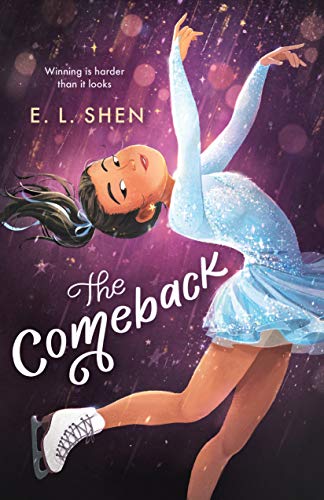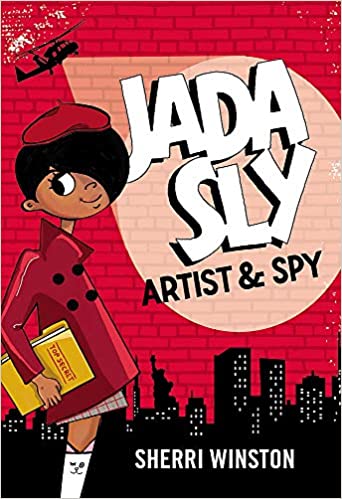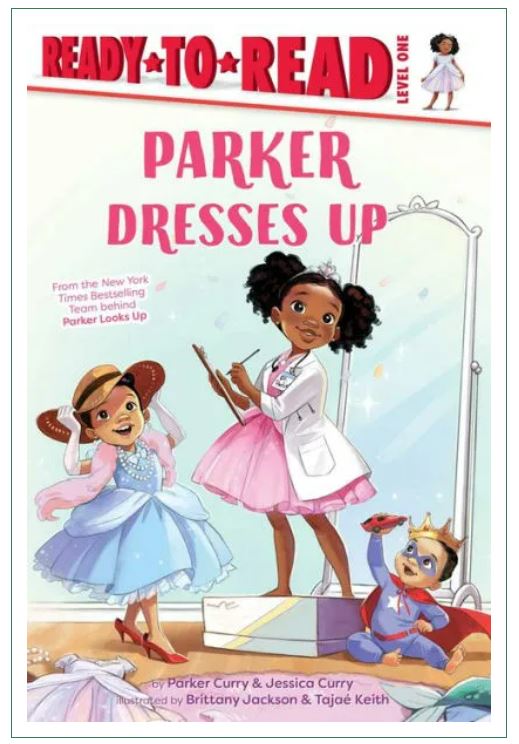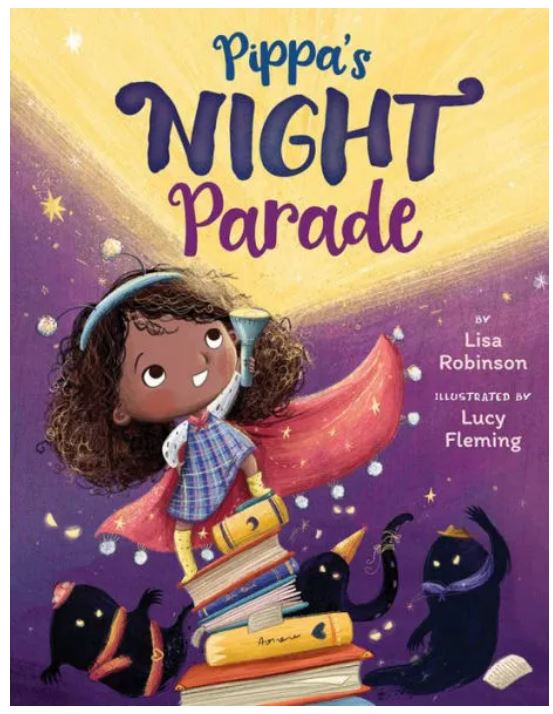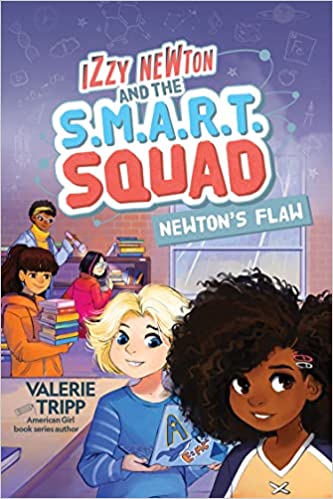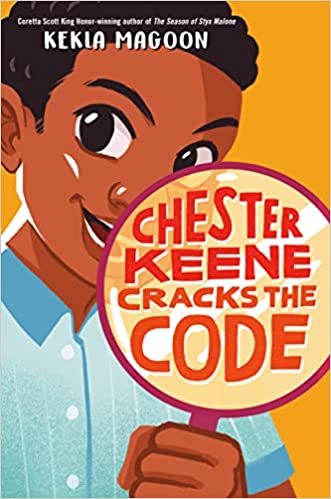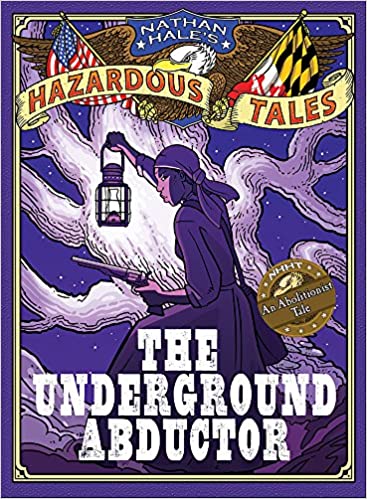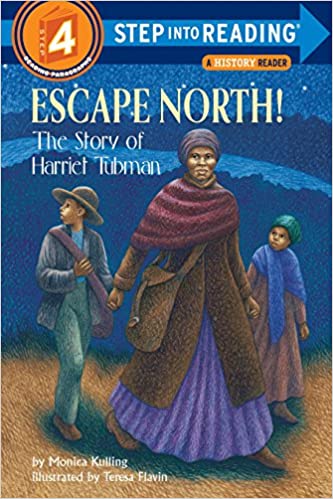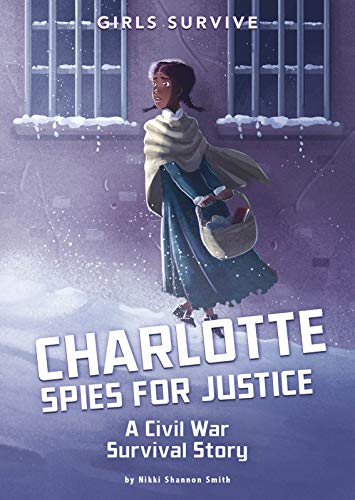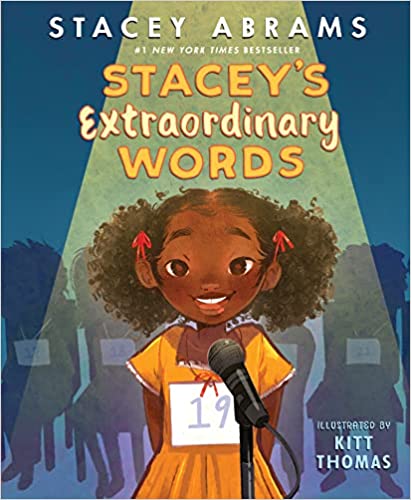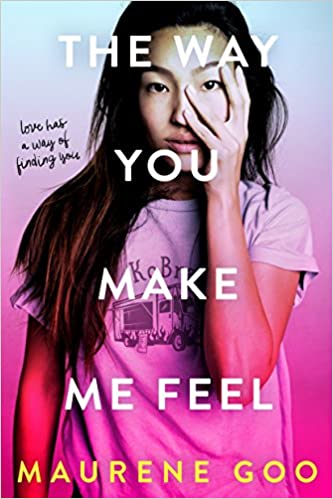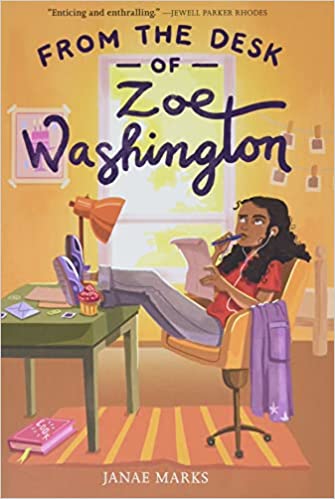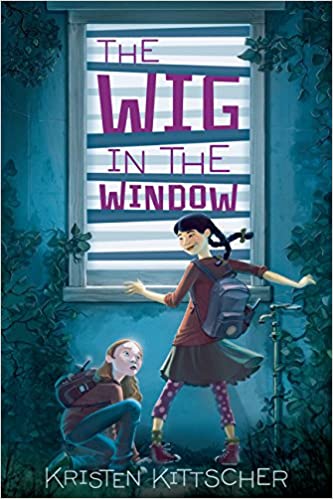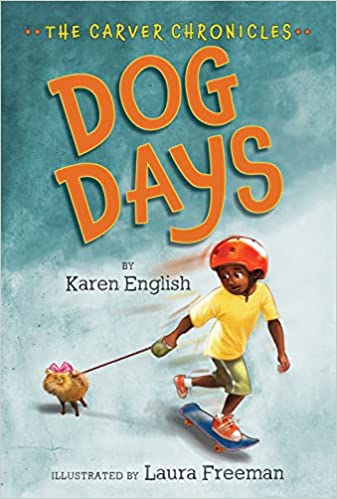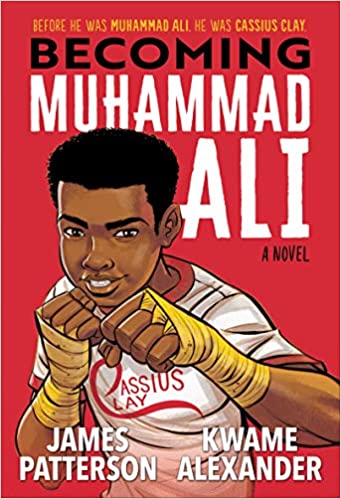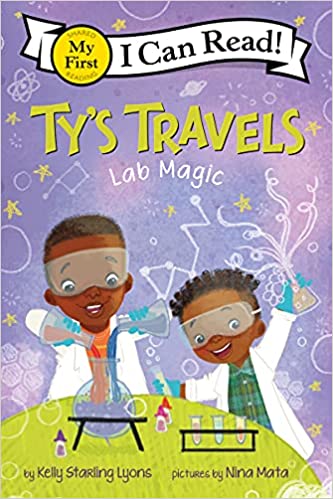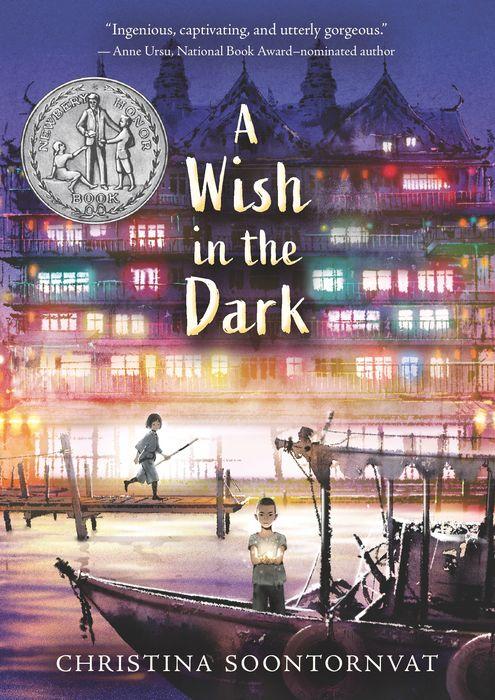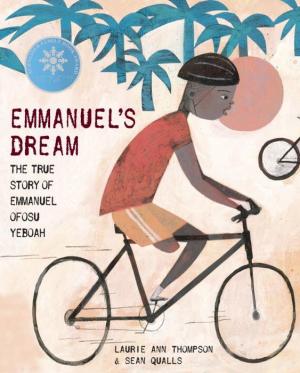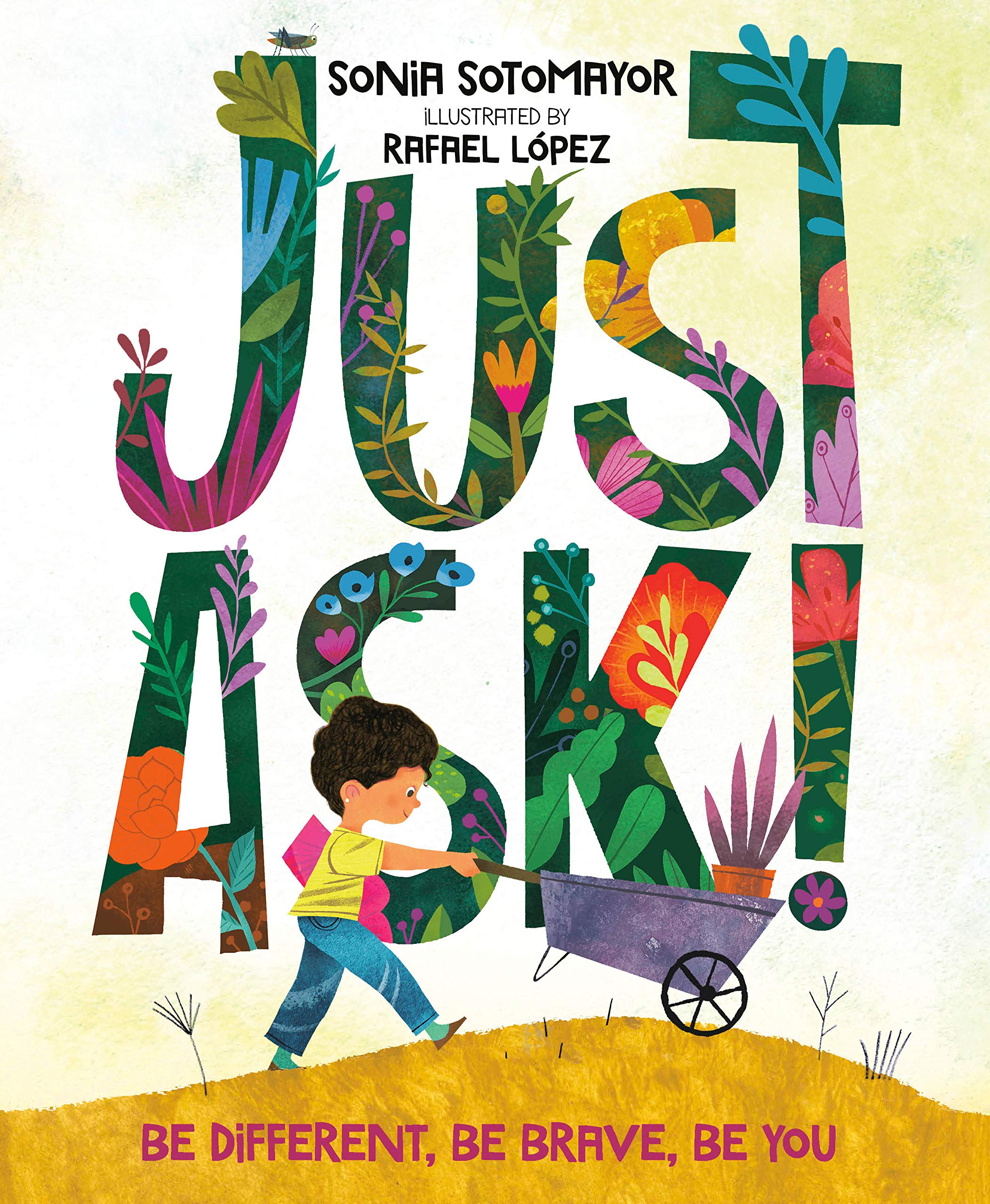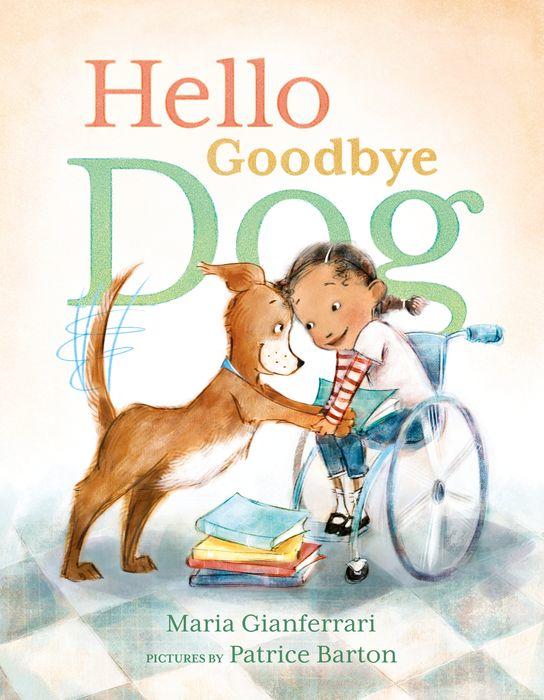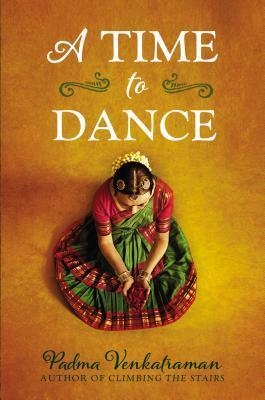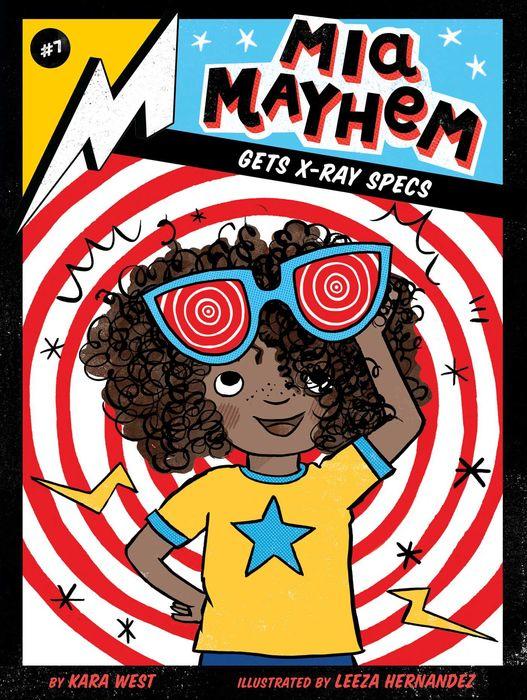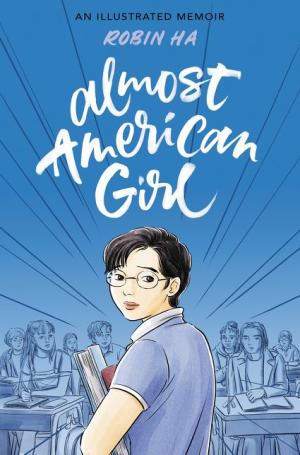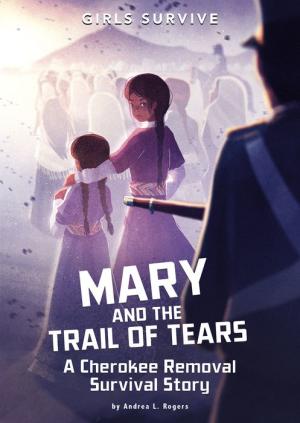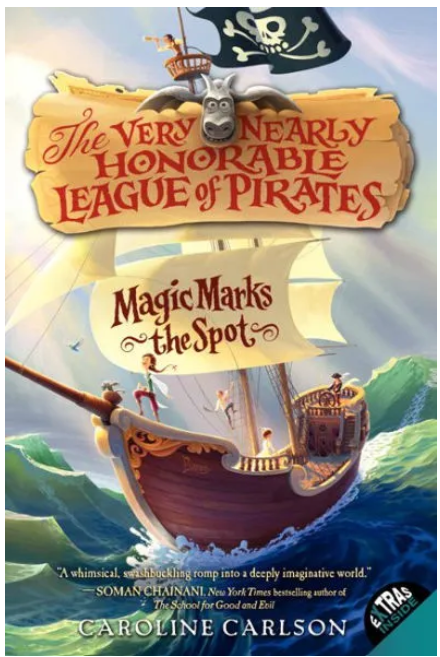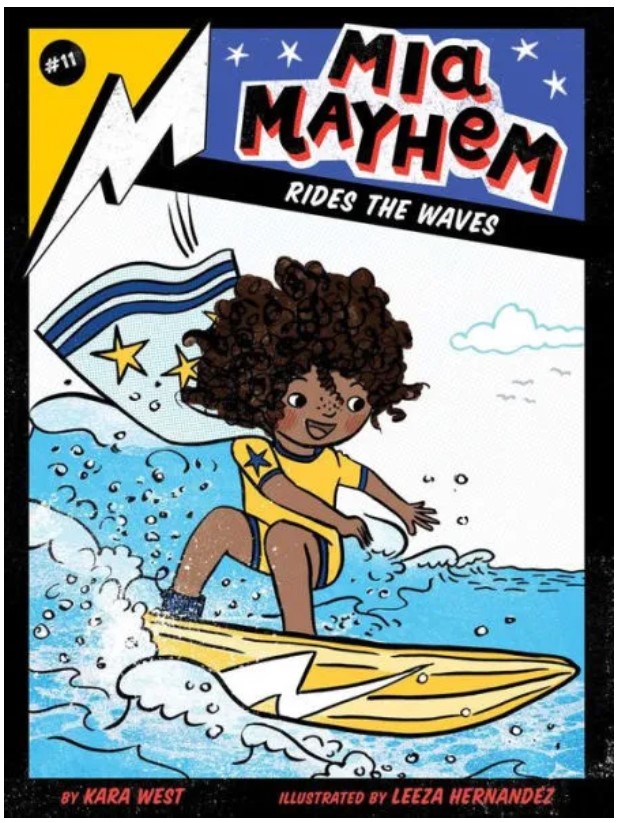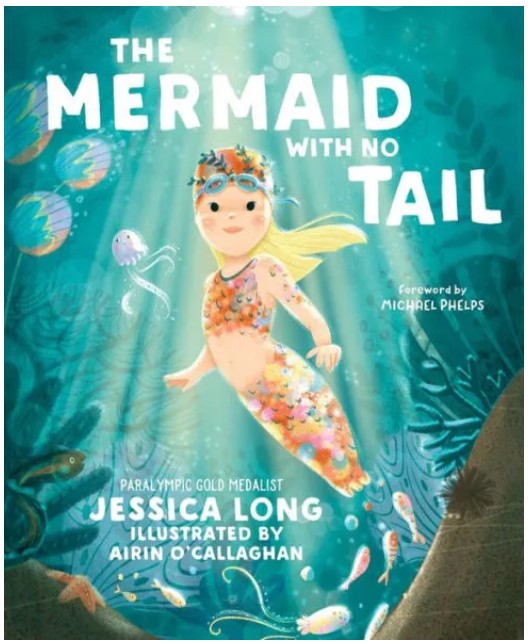Twelve-year-old Maxine Chen is just trying to nail that perfect landing: on the ice, in middle school, and at home, where her parents worry that competitive skating is too much pressure for a budding tween. Maxine isn’t concerned, however—she’s determined to glide to victory. But then a bully at school starts teasing Maxine for her Chinese heritage, leaving her stunned and speechless. And at the rink, she finds herself up against a stellar new skater named Hollie, whose grace and skill threaten to edge Maxine out of the competition. With everything she knows on uneven ice, will Maxine crash under the pressure? Or can she power her way to a comeback?
Middle-grade girls will relate to Maxine, who is a normal teenager that worries about typical middle-school problems. Maxine is focused on her dream of going to the Olympics and she looks up to several Asian skaters such as Kristine Yamaguchi and Michelle Kwan. Because the story is set in Lake Placid, New York, and Maxine is the only Asian in her community, she feels insecure about her looks and at one point, secretly purchases eye tape to make herself look more like her white peers. One positive moment in the book is when an older Asian ice skater gives Maxine make-up tips that enhance her natural features.
The Comeback deals with the difficult topics of racism and microaggressions. Alex, one of Maxine’s classmates, makes racist comments to Maxine. To make matters worse, Maxine’s best friend doesn’t stand up for her. Instead of ignoring Alex’s comments, Maxine comes up with snotty comebacks to say to Alex the next time he insults her. However, making mean, hurtful comments is not a positive way to stop a bully.
Maxine’s parents are shining stars in the story. They wholeheartedly support her dream, but they also want her to have a balanced life that includes having friends and having fun. While Maxine’s parents are encouraging and caring, when Maxine is being bullied she doesn’t tell her parents or any other adults. Maxine keeps the bullying a secret because she’s afraid that her mother will go to the school, demand to see the principal and make matters worse. When Maxine finally tells her mother about Alex’s racist comments, Maxine’s mother says that some people tear others down because they “want to make you feel bad so they don’t have to think about their own problems.”
Readers who are not familiar with ice skating may find the book’s focus on the technical aspects of ice skating difficult to understand. However, all readers can relate to the book’s topics of bullying, friendship, and having a balanced life. Readers who have never experienced racism will get a bird’s eye view of how it feels to be ridiculed because of your race, which will help them become more empathetic. While The Comeback has many positive aspects, the message is heavy-handed and Maxine is self-absorbed and occasionally mean to others. Still, readers who are interested in ice skating or dance will enjoy seeing Maxine’s love of the sport. Readers who love dance and want to step into the world of an aspiring K-pop star should read Shine by Jessica Jung. Out of Step by Jake Maddox is also a good read for middle-grade readers who love dance.
Sexual Content
- None
Violence
- None
Drugs and Alcohol
- None
Language
- A boy at school writes “Maxine is a nerdy chink” large enough that Maxine could see it.
- There is some name-calling between the kids at Maxine’s school. Later, Maxine tells someone that the boy is a jerk. Maxine’s friend says the boy is a “total blockhead.”
- The kids at Maxine’s school sometimes call each other names such as jerk, blockhead, and doofus.
- Maxine thinks that the other skaters think that she’s a “total loser at school.”
- Maxine and her friend talk about the mean boy at school. Then they talk about things Maxine can say to him. One of the comebacks Maxine practices is, “Well, where are you from? The corner or Ugly Street and Racist Alley?”
- Darn and heck are both used once.
Supernatural
- None
Spiritual Content
- Maxine sees a new girl in ballet class. Later, she sees the girl at the ice rink. Maxine prays “to the skating gods. Please, I beg them, please, please, please don’t let this girl be as good a skater as she is a ballerina.” Later Maxine thinks, “the skating gods didn’t listen to my prayers.”
